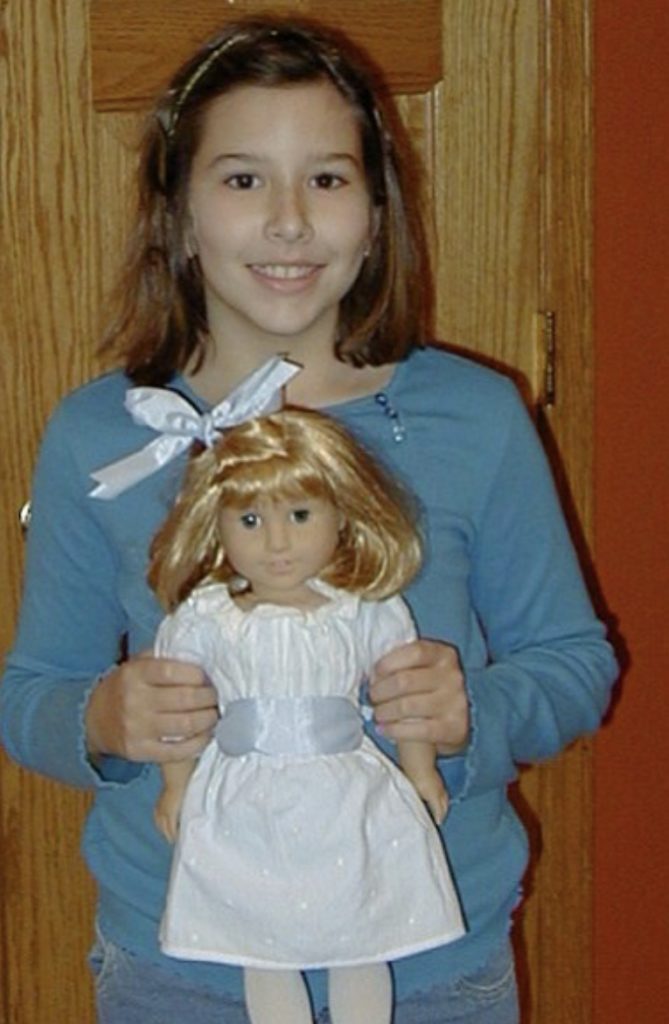By: Katie

Did you have an American Girl doll growing up? Did you read the classic stories of the American Girls? I know personally that I did. The American Girls Podcast simply does that. It was founded in 2017. In late February 2019 this podcast started releasing episodes discussing the original American Girl Dolls. The information is organized in a podcast format, but the podcast also extends to other platforms such as Twitter, Instagram, Facebook, and the podcasts official website. The American Girl Podcast is hosted by Allison Horrocks and Mary Mahoney. They are both historians, who are revisiting the American Girl series as adults with a more historical approach, and with the knowledge on pop culture. The targeted audience for this podcast is women in their mid-twenties to early, and even mid-thirties. They are primarily speaking to people who read, and grew up with the original American Girl stories. I felt that they were excluding some people from their audience. Personally I have read all the original American Girl Stories, but based on who the podcast is supposed to reach, I feel excluded from that group. Also they do encourage others such as women and men to listen to their podcast. Younger women and men are just not their targeted audience.
The ultimate goal of the podcast is to look at the American Girl stories in a more historical way, and to promote representation. Representation is more than race and sharing those stories. Representation is also about representation for people with disabilities. In their first episode the hosts briefly discussed the lack of representation based on the fact that their isn’t a doll with a disability such as Down Syndrome. They discussed this after hearing about a petition that a mother started after American Girl refused to make a doll that had Down Syndrome. American Girl said “there isn’t enough interest in it” American Girl has the option to customize the dolls to have hearing aids, insulin pumps, canes, wheelchairs, service dogs, be bald, and even the option to have a cleft lip. This made me think about more about why wouldn’t they make a Down Syndrome doll. This honestly angered me that American Girl won’t make dolls that have more physical disabilities. Overall, I think this project is eye-opening . I think it has the right balance of discussing history, pop-culture, and encouraging more representation with the dolls. I think this project can definitely help us start talking about expanding the American Girl Doll’s with disability in order to promote exclusivity.
https://www.stitcher.com/podcast/american-girls

